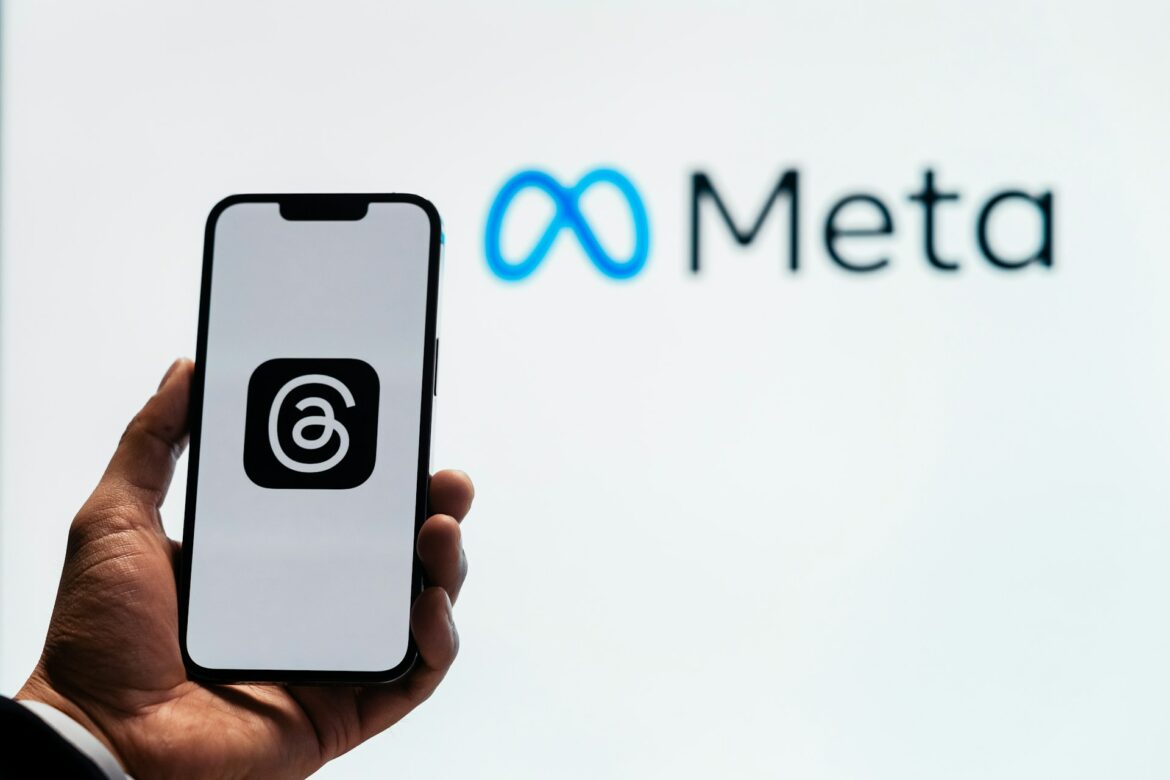In the rapidly evolving landscape of social media, new platforms constantly emerge, vying for user attention and dominance. Among the latest contenders are Meta’s Threads and X, formerly known as Twitter. Both platforms aim to redefine how we communicate and share information, but they do so with different approaches and philosophies. As users and industry experts observe their growth and engagement strategies, the question arises: which platform will lead the future of social media? This article explores the battle between Threads and X, analyzing their strengths, challenges, and potential to shape tomorrow’s digital world.
Threads vs X: Which Platform Will Shape the Future of Social Media?
The competition between Threads and X reflects broader shifts in social media dynamics. Threads, developed by Meta, leverages the company’s vast ecosystem and user base, aiming to create a more seamless, interconnected experience akin to Instagram. Its focus on visual content and a potentially more curated, friendly environment could appeal to users seeking authenticity and community. Meanwhile, X, with its longstanding presence as Twitter, positions itself as a real-time information hub, emphasizing concise messaging, breaking news, and public discourse. The question is whether Threads can carve out a unique space without cannibalizing Instagram or if X’s established brand and infrastructure will continue to dominate.
User engagement and growth rates are crucial indicators of each platform’s future potential. Threads has seen rapid initial adoption, especially among younger demographics, thanks to Meta’s marketing prowess and existing user base. However, sustaining that growth hinges on content diversity and platform stability. X, on the other hand, has repeatedly demonstrated resilience, continually innovating with features like Spaces and Super Follows to retain its core audience. The battle for user loyalty will depend on how well each platform adapts to evolving preferences, privacy concerns, and content moderation challenges. Ultimately, the platform that best balances innovation, user experience, and community trust will likely shape social media’s future landscape.
The success of either platform also depends on broader societal trends and technological advancements. As AI and personalization tools become more sophisticated, social media platforms that harness these technologies effectively will have a competitive edge. Additionally, issues like misinformation, content moderation, and data privacy will influence user trust and platform sustainability. Whether Threads or X can navigate these complex issues successfully will be pivotal in determining which platform leads the future. While both are still vying for dominance, their evolution over the coming years will reveal a lot about the direction social media is headed—toward more connected, authentic, and responsible communication channels.
Analyzing the Battle Between Meta’s Threads and X (Twitter)
Meta’s Threads enters the scene with significant backing and a strategic advantage: existing infrastructure and a large, engaged user base from Instagram. Its integration with Instagram offers a smooth onboarding process and cross-platform sharing capabilities, making it easier for users to transition or adopt both services simultaneously. This synergy could give Threads an edge in attracting casual users and content creators who are already familiar with Meta’s ecosystem. Additionally, Meta’s resources enable rapid feature development and updates, allowing Threads to experiment and refine its offerings quickly. However, the platform still faces challenges, including establishing its unique identity and convincing users to diversify beyond their existing social media habits.
X, meanwhile, maintains its position as a platform for real-time updates and public conversations. Its legacy as Twitter has cemented its role in politics, entertainment, and breaking news. The platform’s character is built on brevity and immediacy, which appeals to users seeking quick information and engagement. X’s continuous innovation with features like Spaces (live audio conversations) and monetization options for creators shows a commitment to evolving with user needs. Yet, it faces ongoing criticism over content moderation and the spread of misinformation, which could threaten its reputation and user trust. The battle for relevance now involves balancing openness and control, ensuring the platform remains a trusted space for discourse without becoming a breeding ground for toxicity.
Looking ahead, the rivalry between Threads and X exemplifies contrasting visions of social media’s future. Meta’s approach with Threads emphasizes visual content, community-building, and ecosystem integration, aiming for a more curated, user-friendly experience. Conversely, X’s strategy centers on real-time, open conversations, and news dissemination, fostering a different kind of engagement rooted in immediacy and discourse. Both platforms have substantial growth potential, but their success will depend on how well they adapt to user feedback, technological innovations, and societal expectations. As they continue to evolve, their rivalry might ultimately benefit users by driving innovation, diversity of content, and improved online experiences. The question remains: which will emerge as the leader in shaping social media’s future?
The battle between Threads and X is more than just a clash of brands; it encapsulates differing visions for the future of online interaction. While Meta’s Threads offers a fresh, community-focused approach, leveraging visual content and ecosystem integration, X continues to be the go-to for real-time updates and public discourse. Both platforms face significant hurdles, from maintaining user trust to managing content moderation challenges. As social media continues to evolve amid technological advancements and societal shifts, the platform that can adapt quickly, innovate responsibly, and foster authentic engagement will likely lead the way. Ultimately, this rivalry pushes the entire industry forward, promising an exciting future where users benefit from more diverse, dynamic, and meaningful digital connections.

